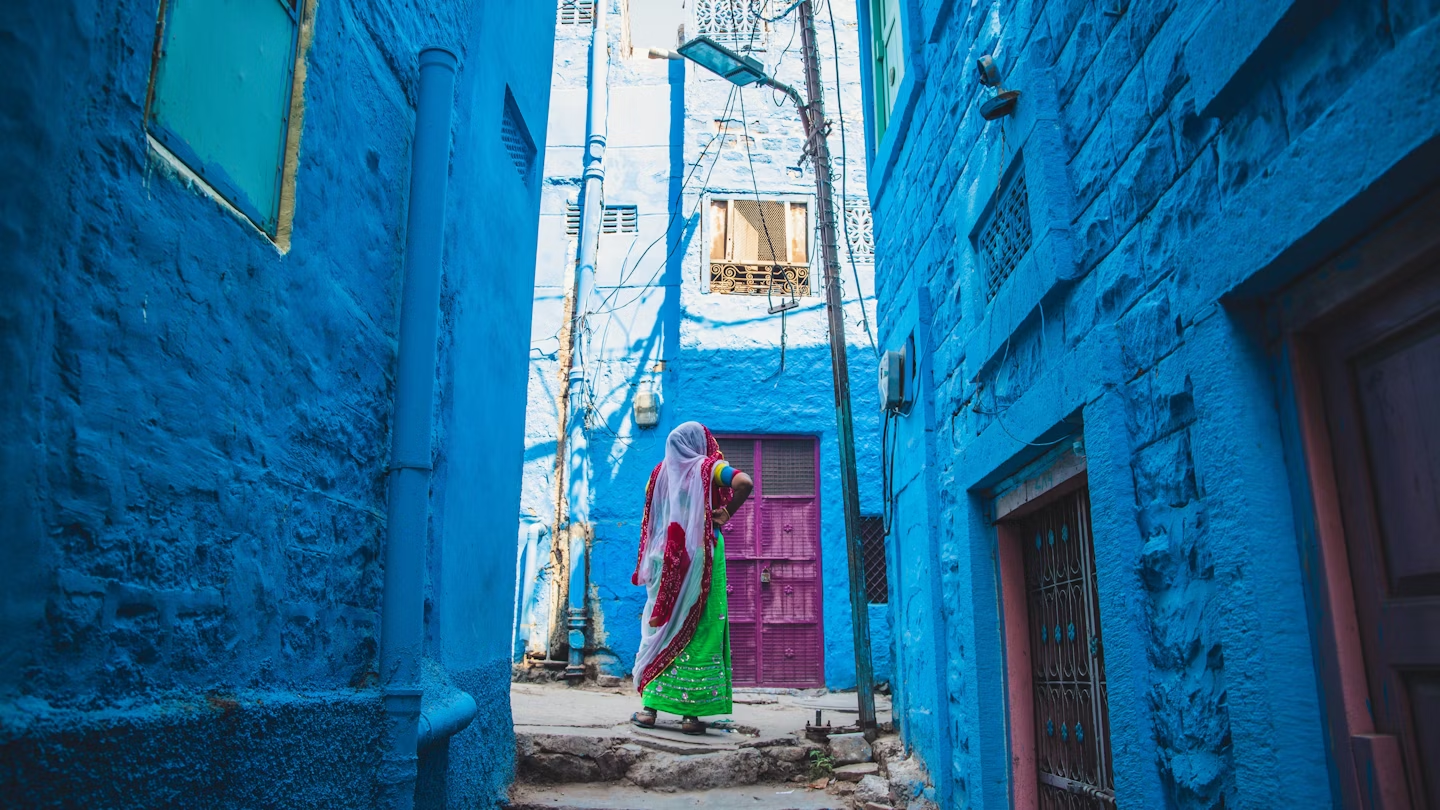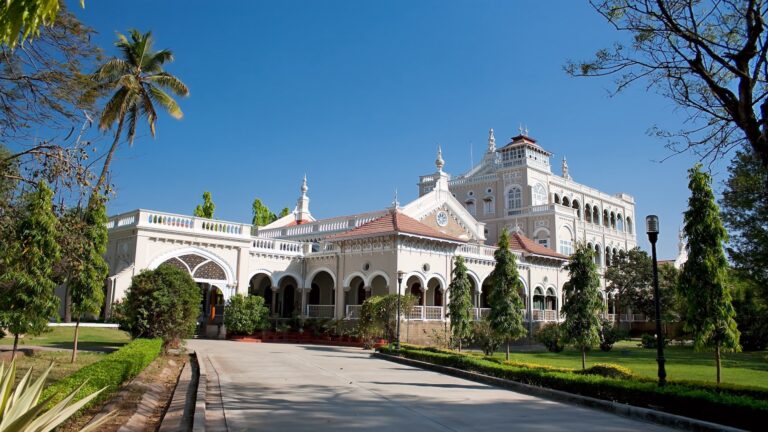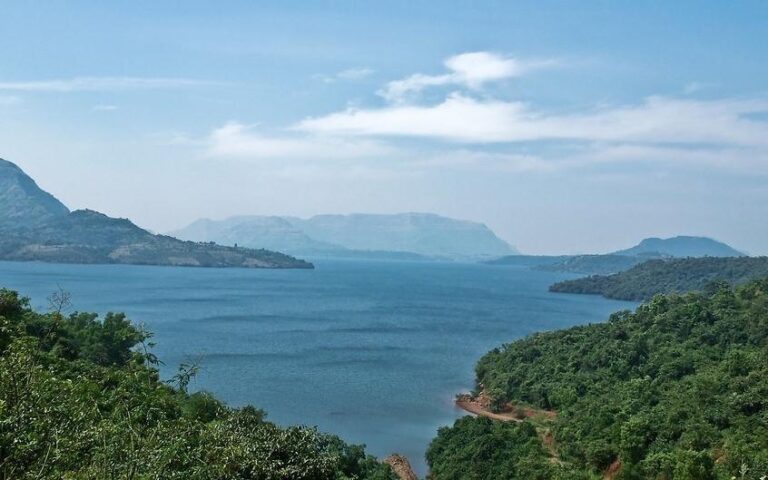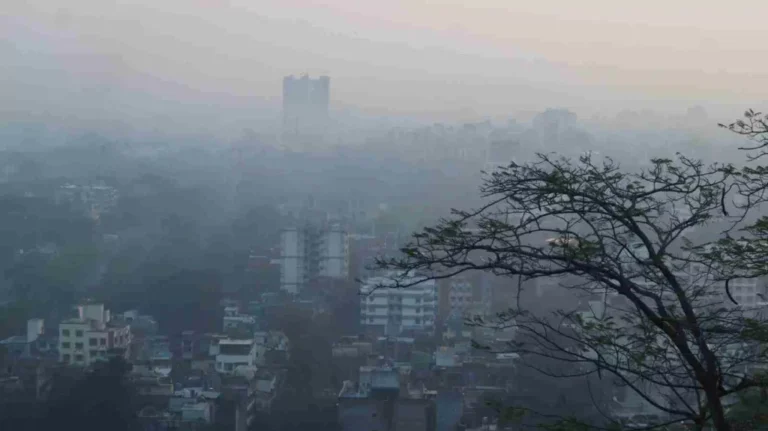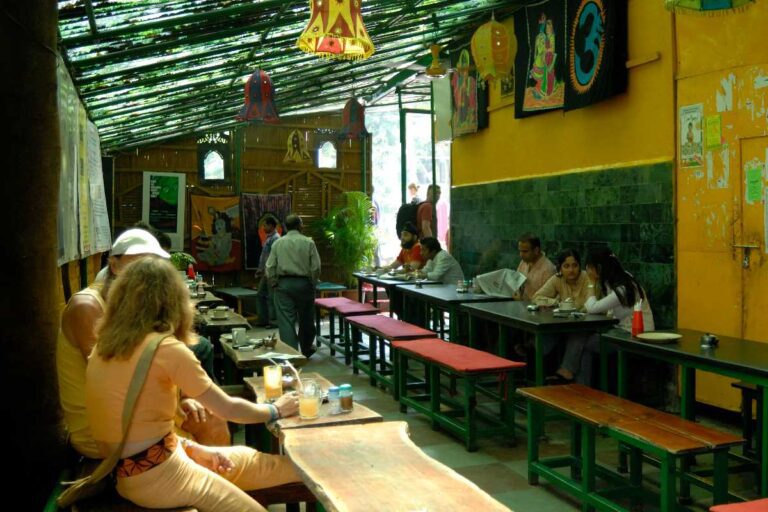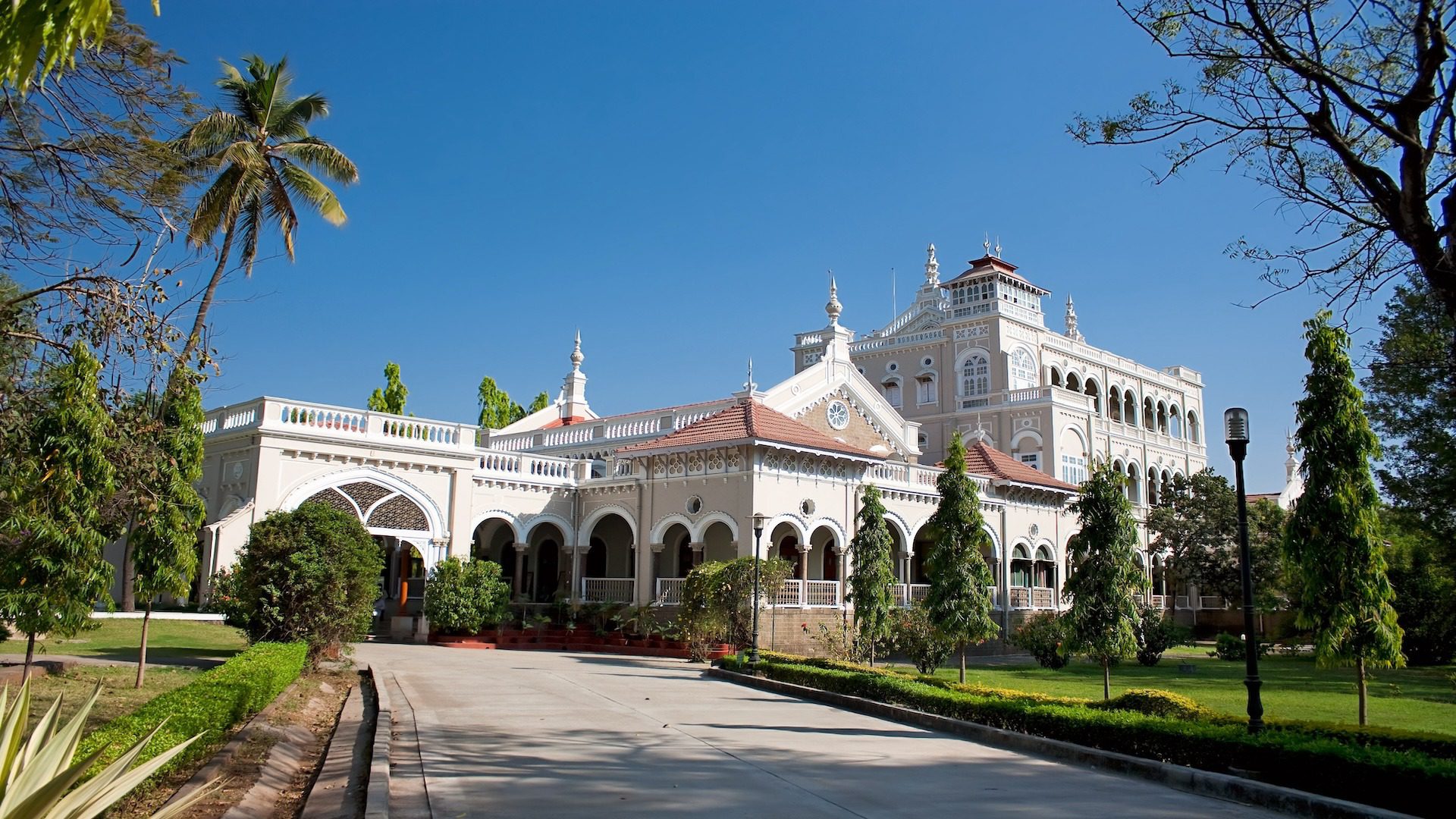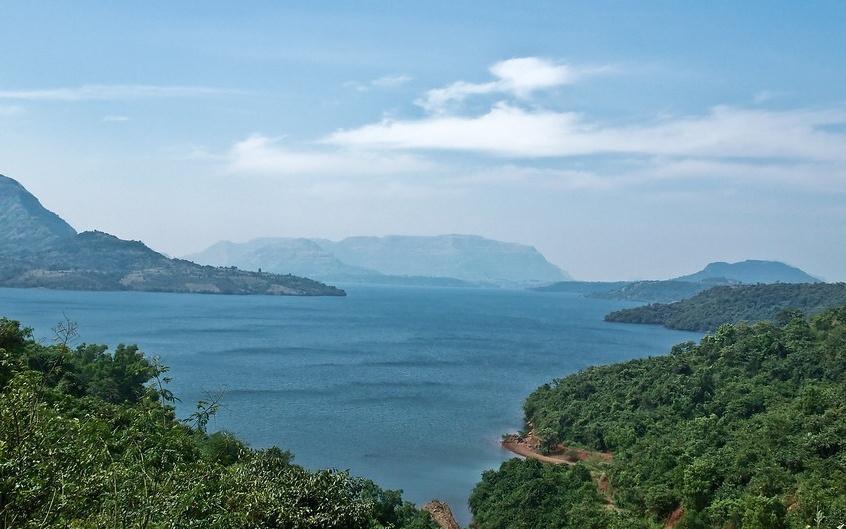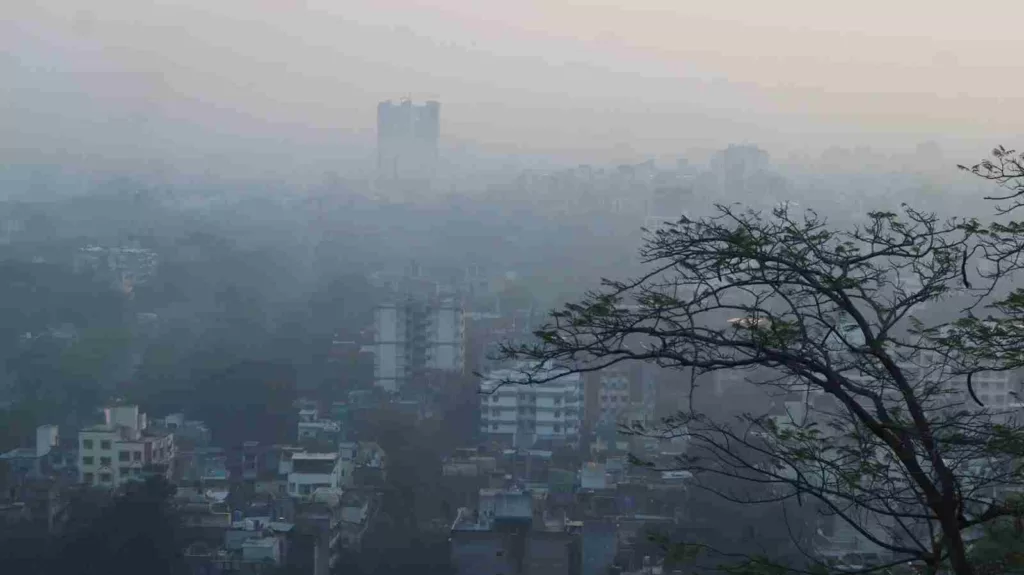There are many Indias within India. This expansive land of ancient temples and opulent palaces, forgotten cities and lost traditions, spice markets and famously spicy food is almost a world unto itself, home to a vibrant diversity of peoples and cultures. For many travelers, a visit to India is the trip of a lifetime.
The experiences you have here will linger long after you leave these shores, but with so much to see and such a vast area to explore, it can be hard to decide what to prioritize. To set you on the path to India perfection, here is our list of the best things to do in India.
1. Experience Varanasi at dawn on the River Ganges
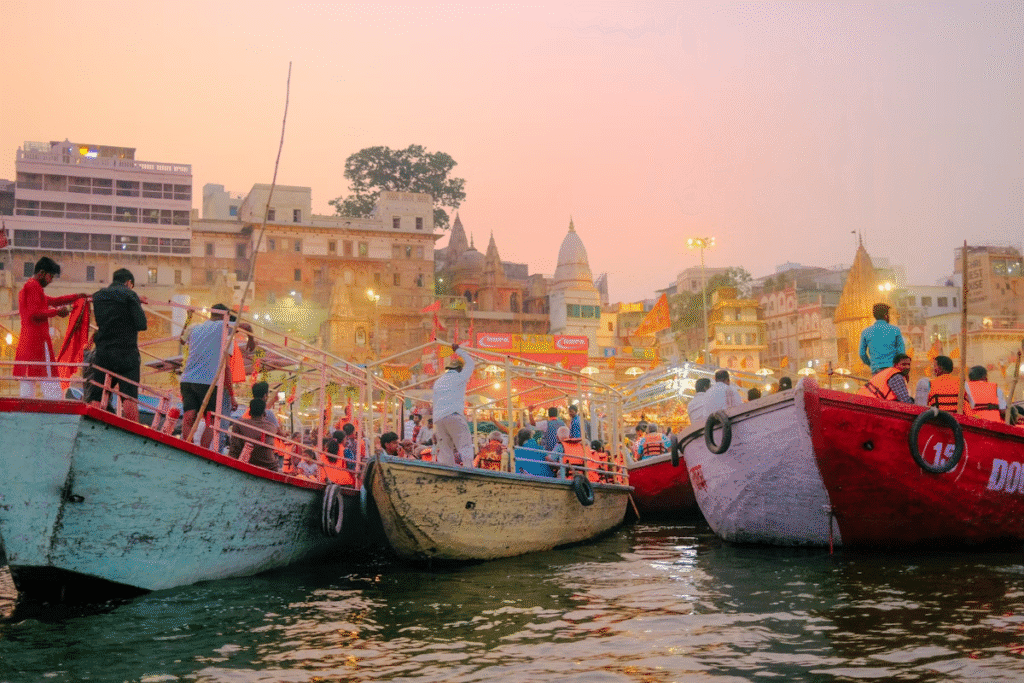
The best way to experience the timelessness of Varanasi, hailed as the world’s oldest continuously inhabited city, is to start just before dawn breaks. At Assi Ghat, Hindu devotees gather for the Ganga Aarti ceremony on the banks of the Ganges, intoning sacred hymns and prayers on the steps that descend to the holy river.
Next, take to the water in a small boat, watching the sun rise as life starts to stir along the riverbanks. As day breaks, a burst of activity erupts on the riverside as saffron-clad sadhus (holy men), pilgrims, vendors and tourists gather for religious rituals, yoga practice and dips in the sacred Ganges. Most boat trips pass the main Dashashwamedh Ghat toward Manikarnika Ghat, where funeral pyres burn as the dead are cremated. Visitors can observe from a respectful distance, but avoid taking photos or intruding on the ceremonies.
2. Explore the historic Khajuraho
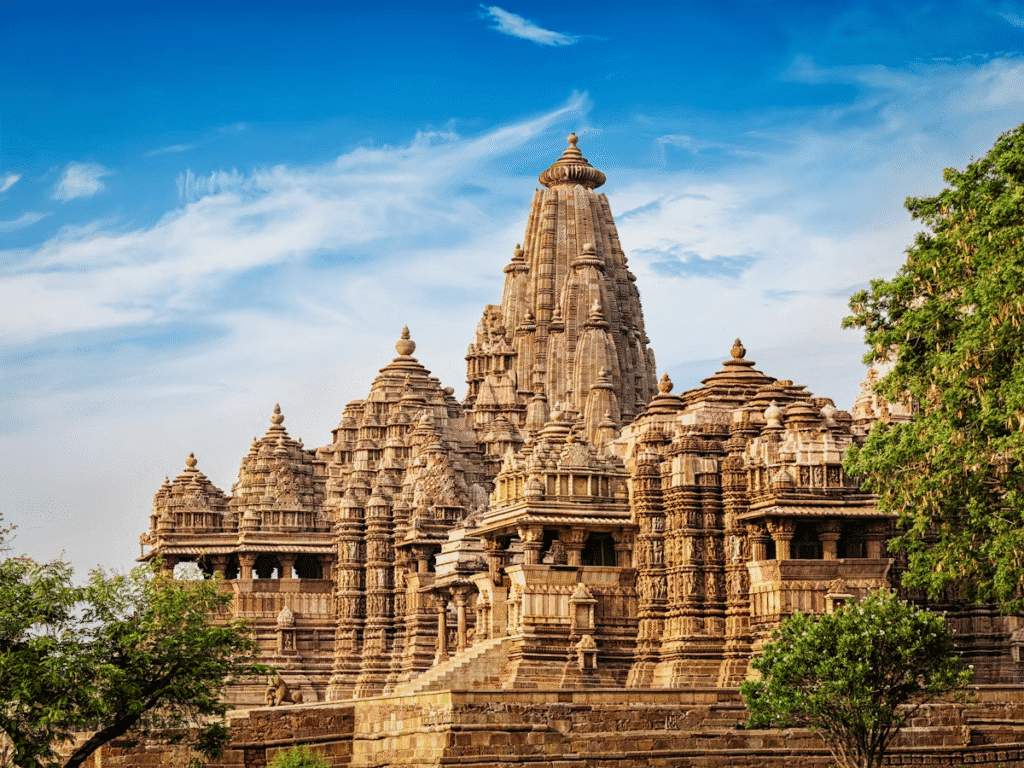
As you stand in front of erotic sculptures of figures locked in improbable positions at Khajuraho, you can almost feel the passion of the carvings. Perhaps no other heritage site in India evokes as much wonder and curiosity as these famous temples, built nearly a millennia ago. And yet, as guides will painstakingly tell you – barely a tenth of the carvings in the 22 temples that have been excavated here are dedicated to erotic poses.
As you explore the temples’ three-dimensional narratives, you can decide for yourself why the Chandela clan chose to depict eroticism on the walls of their temples, which are dedicated to both Hindu and Jain deities. Don’t miss one of India’s oldest surviving Tantric temples, dedicated to the Chausath Yogini – the 64 Tantric goddesses; its cells may be bereft of idols, but the architecture, even in ruins, is fascinating.
3. Camp under the stars in Rajasthan’s Thar Desert
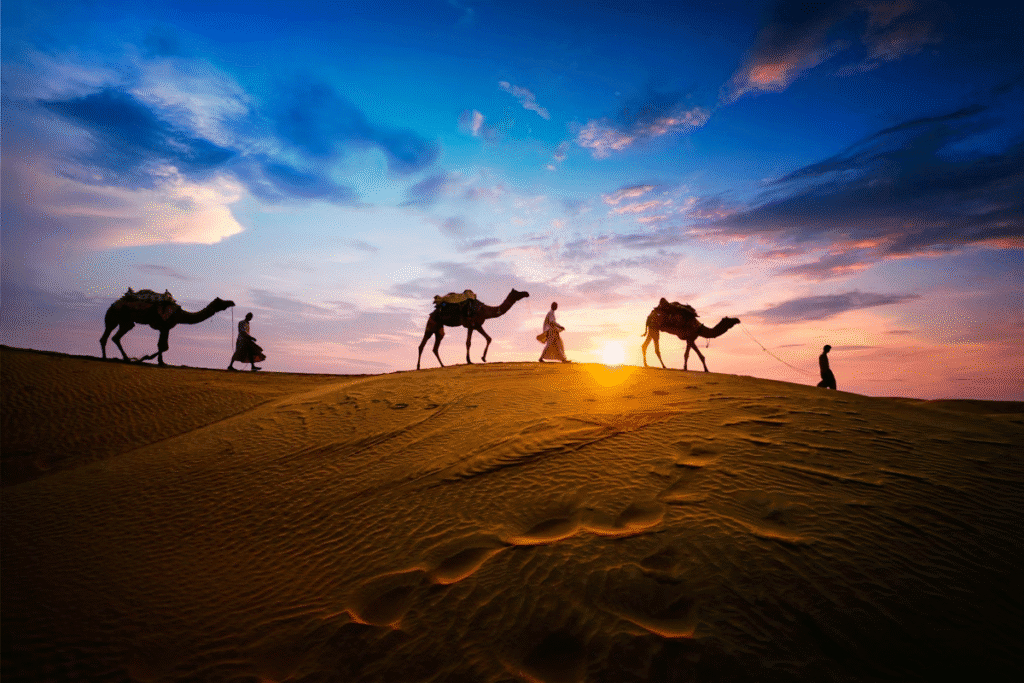
With an entire galaxy overhead to keep you entertained before bedtime, sleeping among the rolling sand dunes and parched scrub of Rajasthan’s Thar Desert is an experience that will stay with you forever. Starting from golden-hued Jaisalmer, the closest desert camps are pitched across the windswept Sam Sand Dunes, which rise to more than 50m (164ft) in height. However, the best camel safaris roam deeper into the desert, offering serene silence and genuinely dark skies, away from the day-tripping crowds.
Also Read: Things to do in Jaipur in 48 hours
4. Get lost in the ruins of Hampi

If the ruins of Hampi could speak, they would tell a glorious tale of a powerful and prosperous kingdom whose rulers built magnificent temples, palaces and monuments, traded precious stones in vast bazaars, and contributed immensely to the art, architecture, culture and literature of medieval India. Founded 600 years ago by two brothers, working under the guidance of their spiritual guru, Sri Vidyaranya, Hampi was once the capital of the Vijayanagar Empire, which ruled the Deccan Plateau of South India for centuries.
The ruins of Hampi sprawl for miles, centered on several important groups of monuments, including the Royal Enclosure – once home to the rulers of Vijayanagar. The still-active Virupaksha Temple is the nucleus of spiritual activity in Hampi Bazaar, the village at the heart of the ruins, but the most striking structure is the Vittala Temple, an architectural marvel featuring an elaborately carved stone chariot that is illustrated on India’s 50-rupee note.
5. Get a taste of “orthodox tea” country in Darjeeling
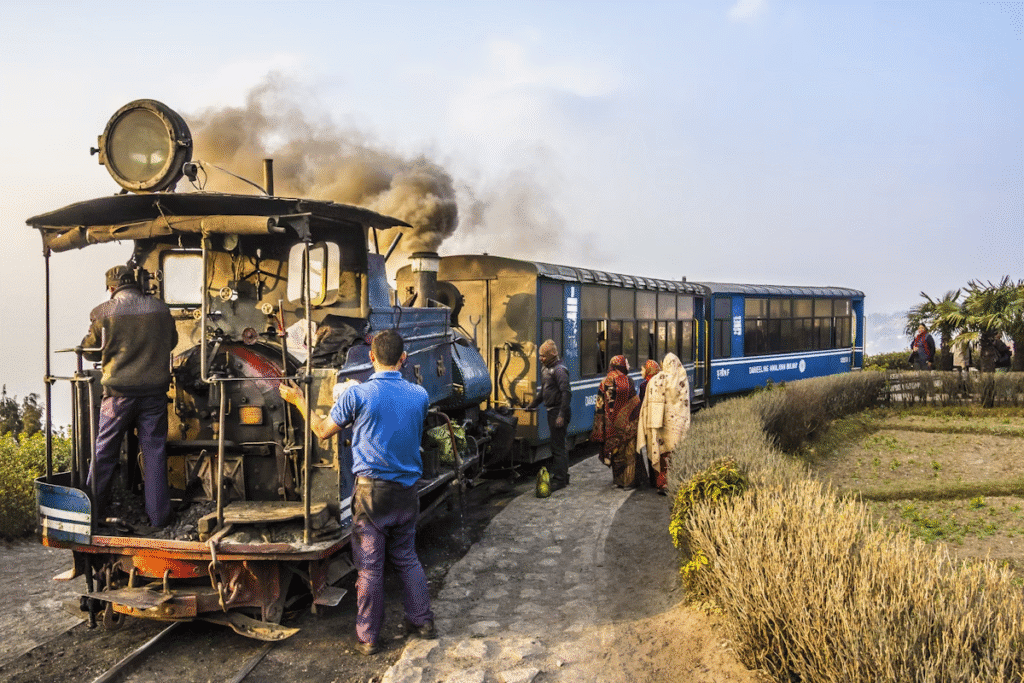
The verdant hill station of Darjeeling in West Bengal is an idyllic escape, towered over by snow-capped Himalayan peaks, nestled amongst rolling hills of rhododendron and pines, and overflowing with tea plantations. Although Indian-style chai is readily available, this is “orthodox” tea country – referring to loose-leaf tea that’s brewed in a teapot with hot water, unlike chai, which is made from leaves prepared through the CTC (crush, tear, curl) process. With plenty of hole-in-the-wall cafes and restaurants, and peaceful hiking trails and Buddhist monasteries to explore, Darjeeling offers a welcome change of pace from the busy plains.
Similarly, Kangra – another important Indian tea-growing region in Himachal Pradesh, offers relaxed views of Himalayan foothills, and it can be easily reached from the hill station of Dharamshala and the adjacent settlement of McLeod Ganj. Currently, Dharamshala is home to the Dalai Lama and the exiled Tibetan government, and the town is rich with Tibetan influence.
6. Tour Rajasthan’s historic forts and palaces
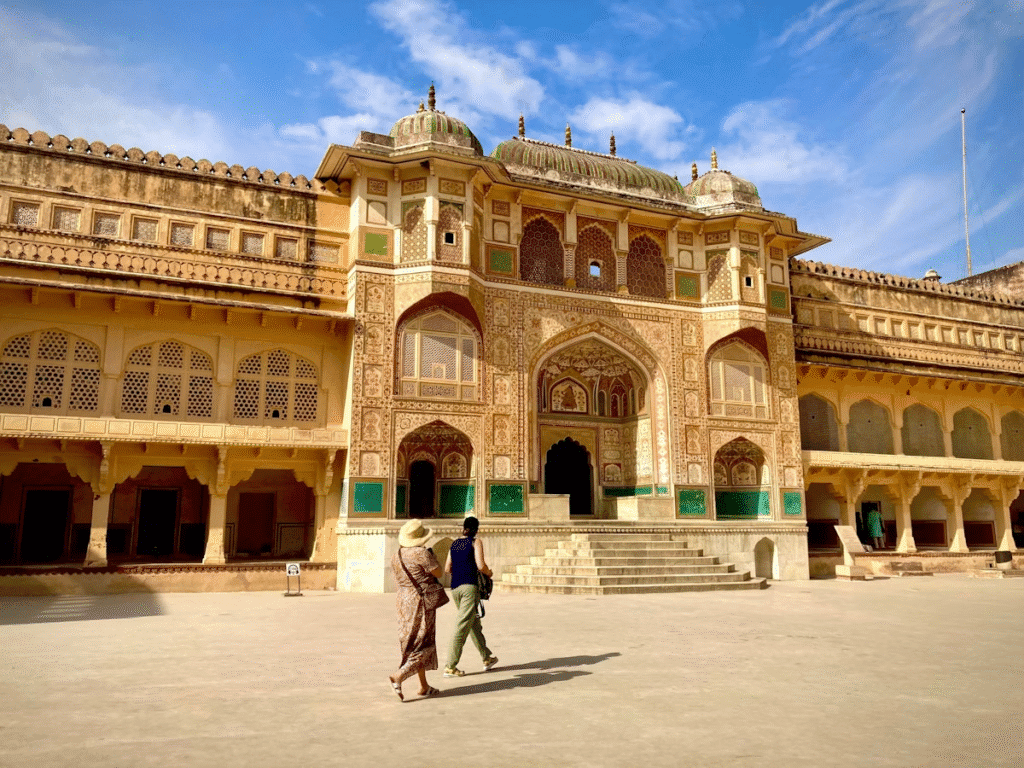
Thanks to a rich history of intertwined kingdoms and feuding dynasties, Rajasthan is home to some of India’s most spectacular forts and palaces. Over the centuries, royal states tried to one-up each other in fabulous architectural displays of power, and fought countless battles amongst themselves and against outsiders. It was only in the mid-1500s that the region – then called “Rajputana” – was brought together under the Mughal emperor Akbar.
Start with Amber Fort on the fringes of Jaipur, with its honeyed pink-and-yellow walls standing stark against cloudless blue skies. Inside, the palace walls are intricately painted, and the Sheesh Mahal (Mirror Palace) brings the sky indoors as reflections twinkle on mirror mosaics. Other forts and palaces to check off your list include Mehrangarh in the blue city of Jodhpur, Ranthambhore Fort inside Ranthambhore National Park, Chittor in Chittorgarh, and Kumbhalgarh in the Aravali Hills.
7. Go on a safari to spot India’s Big Five
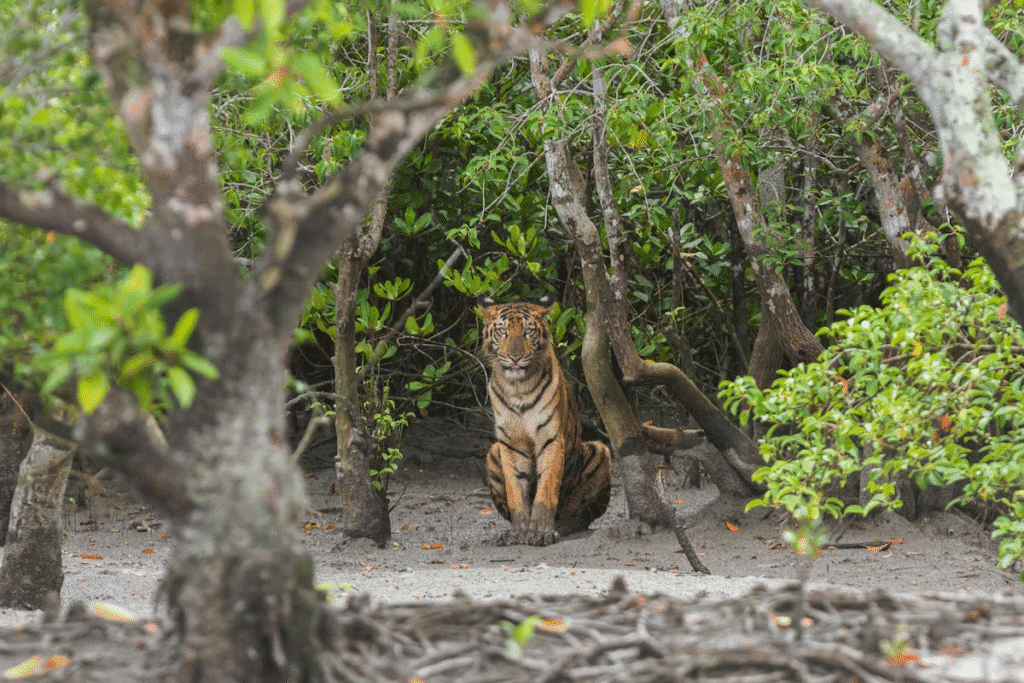
On thrilling 4WD safaris through the dense forests of India’s wonderful wildlife sanctuaries, you stand a good chance of spotting India’s Big Five animals – tigers, elephants, leopards, sloth bears and gaur (Indian bison). There are more than 100 national parks and tiger reserves spread across the country, including venerable Corbett Tiger Reserve; Kanha, Bandhavgarh and Panna in Madhya Pradesh; Pench and Tadoba-Andhari in Maharashtra; Ranthambore in Rajasthan; Nagarhole and Bandipur in Karnataka; Mudumalai in Tamil Nadu, and many, many more.
Farther afield, Kaziranga National Park in Assam is home to the critically endangered one-horned rhinoceros, while elusive snow leopards move furtively through Hemis National Park in Ladakh and Asiatic lions congregate in Gujarat’s Gir National Park. If birds are more your speed, head to the teeming marshlands of Keoladeo National Park in Rajasthan, which shelter everything from eagles to cranes and spoonbills.
It Never Ends
India is one of the world’s most captivating travel destinations, offering an incredible mix of culture, history, spirituality, and natural beauty. From the iconic Varanasi to the peaceful backwaters of Kerala, the vibrant streets of Delhi, and the majestic palaces of Rajasthan, every region of India has something unique to offer. Whether you’re planning an adventure in the Himalayas, a beach holiday in Goa, there’s no shortage of unforgettable things to do in India.
Explore India’s timeless charm, taste its diverse cuisine, and experience its warm hospitality. No matter what kind of traveler you are, India promises a journey full of color, discovery, and memories that will last a lifetime.

